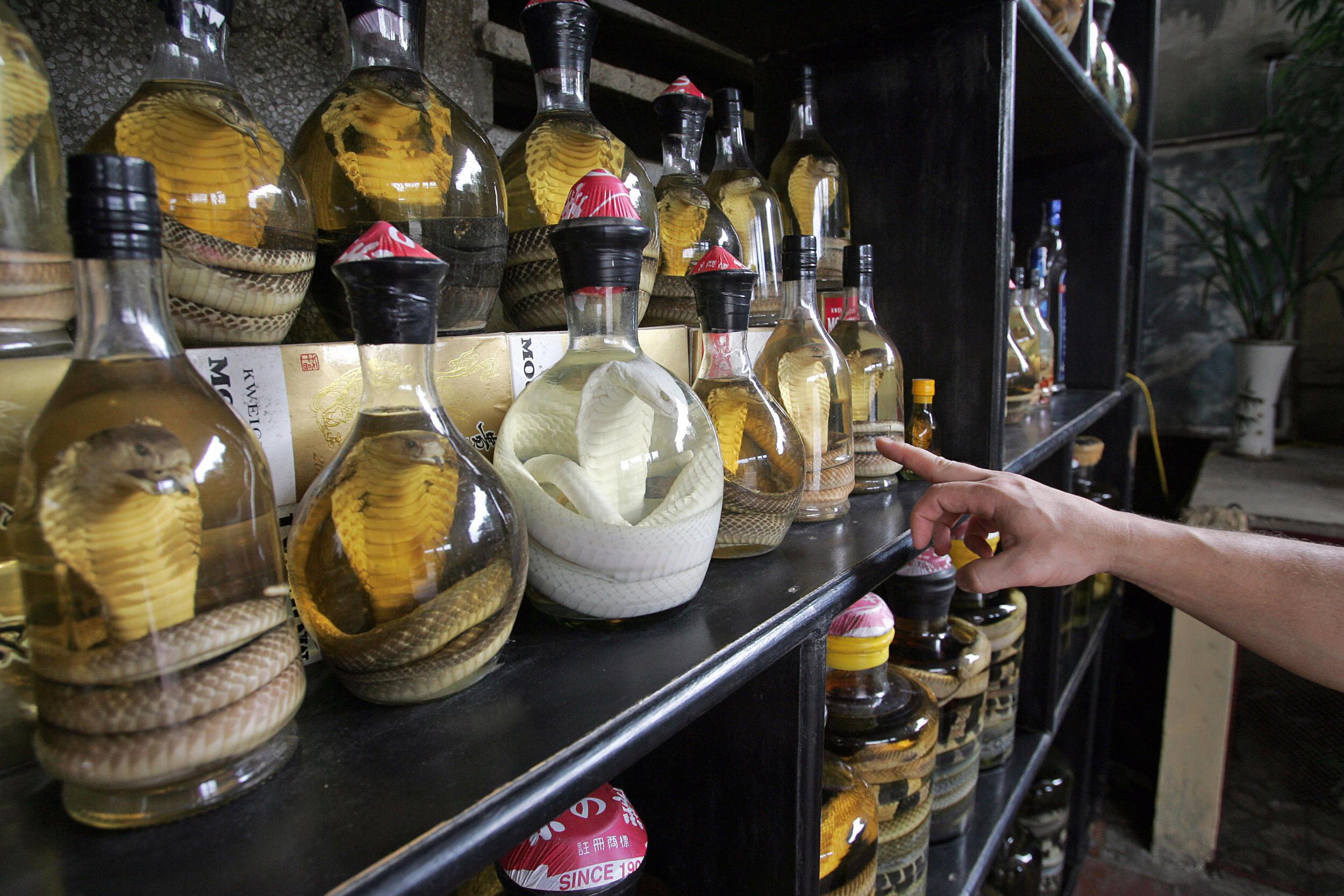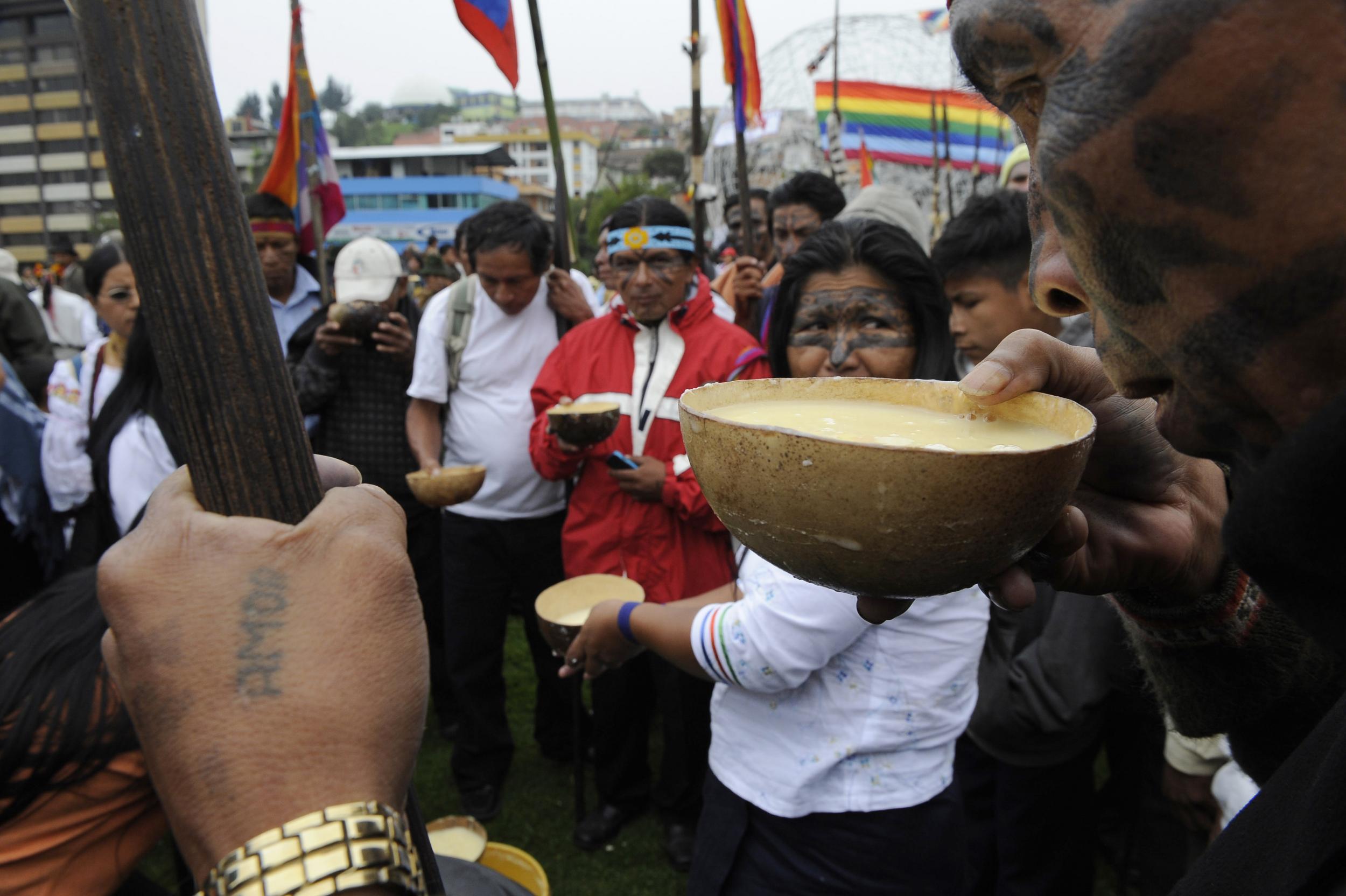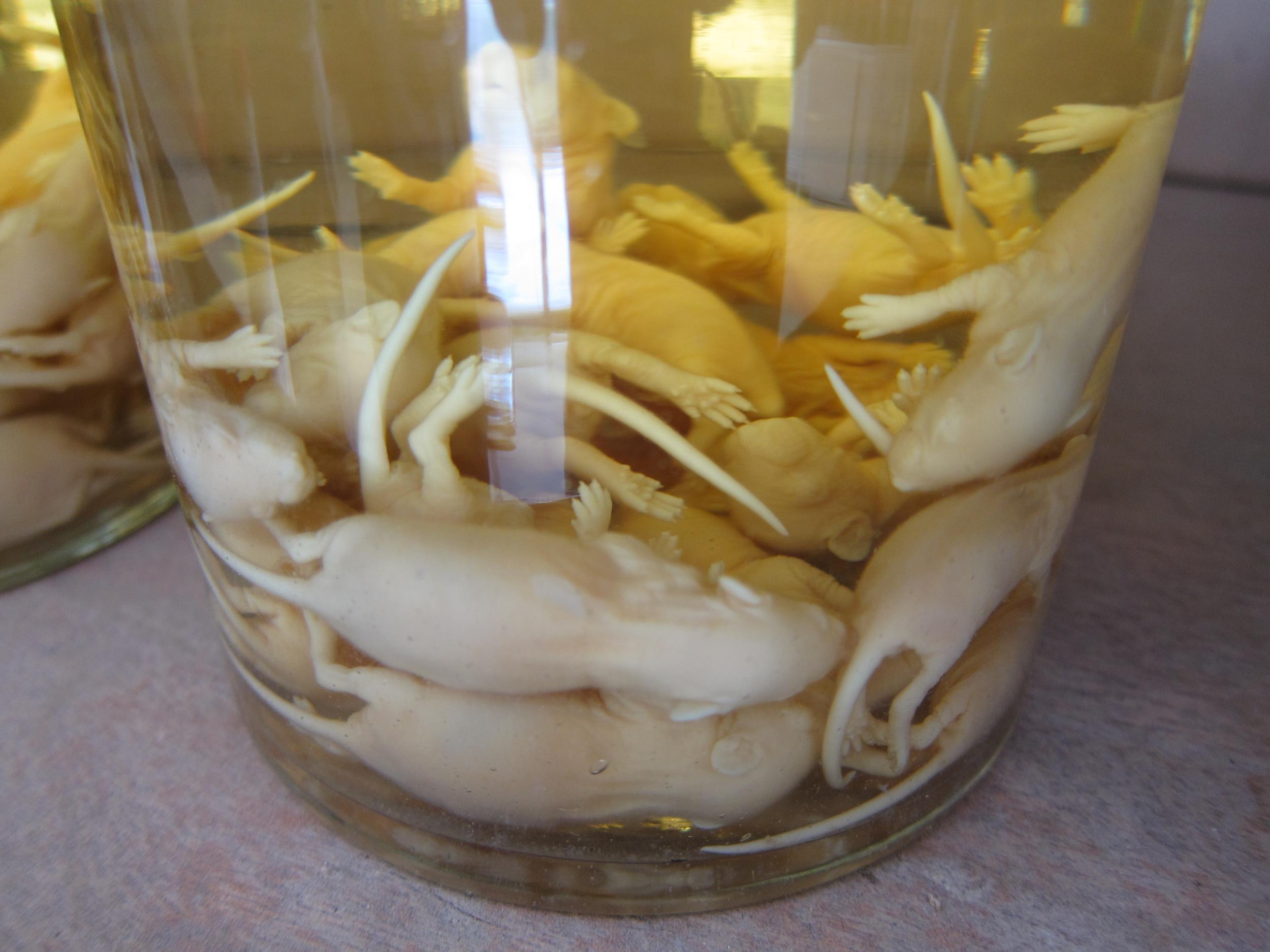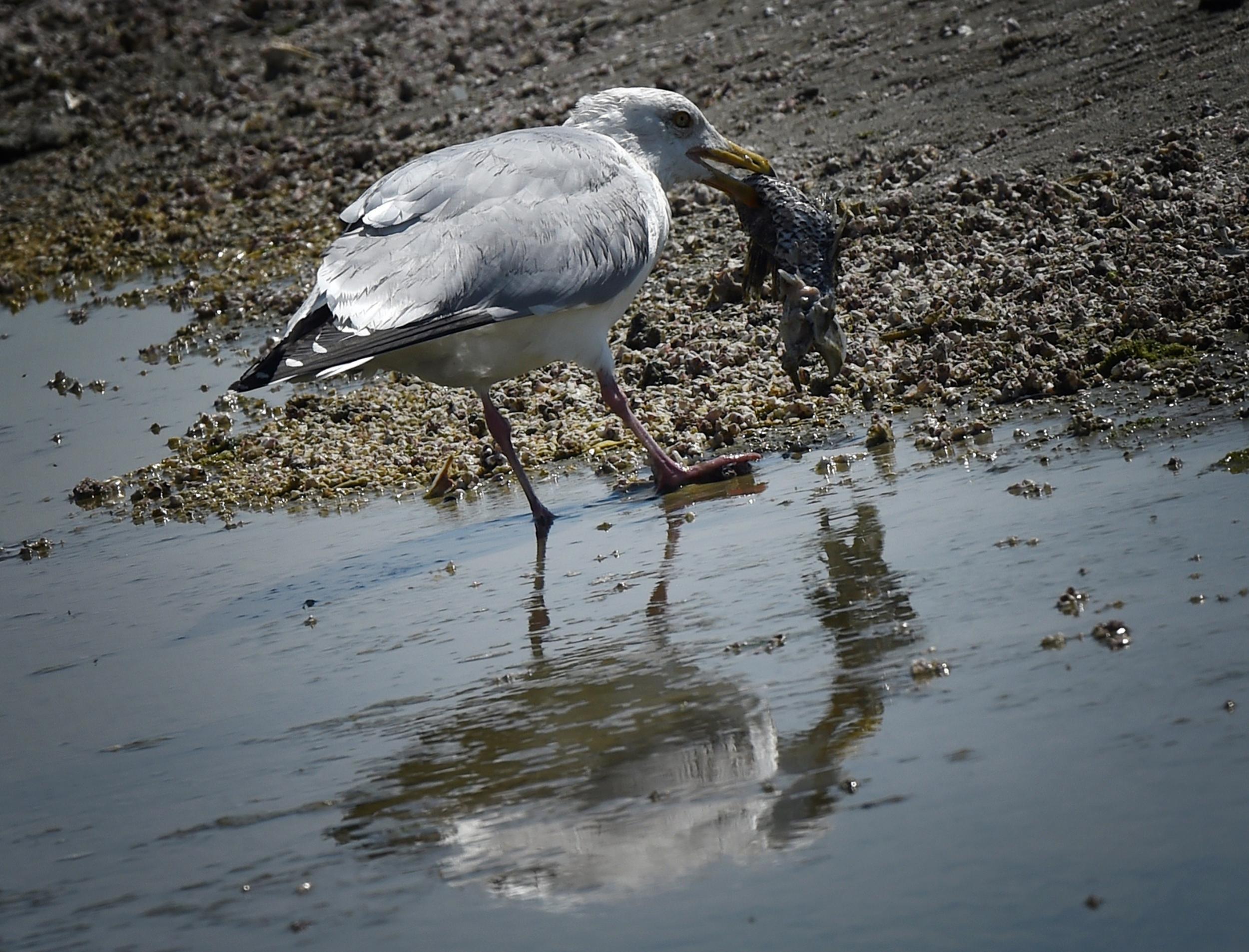9 weird brews from around the world: From baby mice wine to beer made from dung-smoked whale testicles
It's always fun to experiment with the local tipple... or is it?

Your support helps us to tell the story
From reproductive rights to climate change to Big Tech, The Independent is on the ground when the story is developing. Whether it's investigating the financials of Elon Musk's pro-Trump PAC or producing our latest documentary, 'The A Word', which shines a light on the American women fighting for reproductive rights, we know how important it is to parse out the facts from the messaging.
At such a critical moment in US history, we need reporters on the ground. Your donation allows us to keep sending journalists to speak to both sides of the story.
The Independent is trusted by Americans across the entire political spectrum. And unlike many other quality news outlets, we choose not to lock Americans out of our reporting and analysis with paywalls. We believe quality journalism should be available to everyone, paid for by those who can afford it.
Your support makes all the difference.Drinking the local firewater can tell you a lot about a culture – that it prizes the taste of snake gall bladder juice, for example, or the “mouthfeel” of bull testicle beer. Here are nine terrifying tipples you probably (mercifully) haven't heard of. Warning, some readers may find the use of animals in the following drinks upsetting.
Snake wine, Vietnam
The history of snake wine starts in China but has spread throughout South-east Asia and is especially popular in Vietnam, where poisonous snakes are infused in rice wine (their venom is rendered harmless by the alcohol). It’s drunk by brave locals, Instagramming tourists and is also said to be a male health tonic (yes, in all ways). If animal cruelty isn’t an issue for you, there’s Le Mat (known as “Snake Village”) in Hanoi, where you can pick out a live snake, have it slaughtered to order and are then served a flight of drinks infused with its blood, gall bladder juice and heart.
Saliva beer, Peru
Most people think of coca tea when they think of Peru, but there’s another classic drink that comes from the Andes: chicha (or chicha de jora), a beer brewed from corn. And if that doesn't sound overly weird, how about the fact that the first step in the fermentation process traditionally involves chewing the corn and spitting out the kernels. These days, most chicha you’ll find uses malted barley to achieve the same thing, but in a more rural area or small set-up, you can still find the “artisan” approach.

Stag semen beer, New Zealand
The Green Man pub in Wellington hit the headlines 18 months ago when they announced they’d be serving Stag Semen Stout, a drink that’s exactly what it says on the label. A special edition, and currently off menu, don’t despair if you’ve come a little late to the party – the pub has previously served horse semen-flavoured shots that sold by the “bucketload”, so it’s not unlikely they’ll come up with something similar in future.
Baby mice wine, China
China’s renowned for its interesting (read: challenging) foods, but this one takes the biscuit: wine infused with dead mice – only babies, though, because ones with fur would be disgusting. It’s not common, but can still be found in southern China, where it’s usually used as a health tonic rather than straight up booze. (For straight up booze, try snake wine.)

Fermented milk vodka, Mongolia
Fermented mare’s milk, called airag, is perhaps the signature drink of Mongolia, but there’s a boozy equivalent – arkhi, or milk vodka, where the vodka is distilled (usually at home) with fermented yoghurt. It’s usually done with cow’s milk, but can also be made with mare’s or camel milk. If the thought of the sour taste alone isn't enough to test your gag reflex, it’s also drunk warm, as soon as it’s been distilled.
Seagull wine, Arctic Circle
It sounds apocryphal, but sadly it isn’t. Seagull wine is made by putting a dead bird (or parts of one) into a bottle of water, and letting it ferment in the sun. It’s drunk by Inuits, in places as accessible as Iceland. Have you drunk it? Don’t forget to let us know how it was.

Civet poo beer, Denmark
For years, luwak coffee – made from beans eaten, digested and pooed out by Indonesian civet cats – has been toted as the world’s best. One Copenhagen brewery has taken that idea and run with it: Mikkeller Brewery’s Beer Geek Brunch Weasel adds ca phe chon – the Vietnamese equivalent of luwak coffee – to its drink. While luwak coffee often involves cruelty to animals, Mikkeller says it goes out of its way to source ca phe chon responsibly, so you can drink with a clear conscience.
Bull testicle beer, US
Delicious as “Rocky Mountain oysters” sound, they’re actually bull testicles eaten in ranching areas; but one Colorado brewery has gone one better by using them to make beer. The Wyncoop Brewing Co’s Rocky Mountain Oyster Stout is a small-batch, artisan-brewed stout made with 25lb of sliced and roasted bull testicles. An April Fool’s joke that became reality when it turned out people wanted to buy it, it’s described as a “viscous” stout with a “luscious” mouthfeel. Erm, yum?
Dung-smoked whale testicle beer, Iceland
Why stop at just testicles or just poo when you can have both? Stedji microbrewery in Iceland smokes whale testicles with sheep dung to produce its seasonal Hvalur 2 brew, first unveiled in 2015, which owner Dagbjartur Arilíusson says sold out almost immediately after its first run. If testicles cured with dung doesn't sound bad enough, the brewery uses fin whales, classified as endangered on the IUCN Red List.
Join our commenting forum
Join thought-provoking conversations, follow other Independent readers and see their replies
Comments